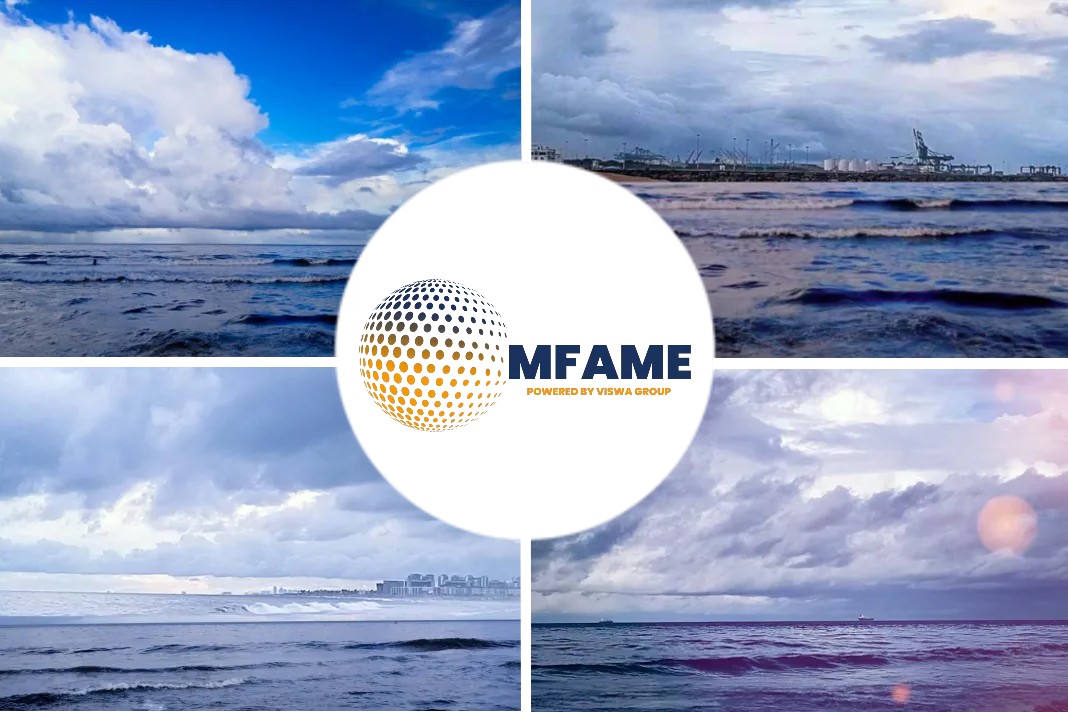An increase in automation technology reduces crew’s limitation, enhancing their capacities, says an article published in Lloyd’s List.
A sci-fi future?
When automation is mentioned, most people are immediately transported to a sci-fi future when robots rule, cars fly, and crew less ships sail the world.
Smart Autonomous provides solutions to challenges such as:
- Decarbonisation
- Overcapacity
- Safety
- Human error.
The Smart Autonomy
Wärtsilä Voyage calls this ‘Smart Autonomy’ – a commercially viable, step-by-step application of intelligent tools such as situational awareness that creates immediate and quantifiable operational value, and opens a pathway to greater future vessel autonomy.
Dr.Sasha Heriot ,the development manager says, ”Smart sensor technology already supports crews in routine manoeuvres. They help achieve operational effectiveness and safety, especially in busy ports and waterways, where incidents are most common.”
An analysis of the Enhanced Awareness
According to the data, nearly 80-90% of vessel casualties are due to human error.
Situations that surpass human capabilities can utilize situational awareness. Their unique pairing of sensor tech like radars, lasers, and cameras with navigation systems creates a complete digital picture of a vessel’s maritime environment, to identify potential hazards.
Smart sensors on tugs and ferries inform decision-making, mitigating the effects of poor visibility, and eliminating radar blind spots. However, smart sensors do not replace leadership, experience, or intuition. Rather, they compensate for the human factors that increase risk.
Smart Sensor Technologies Goes Beyond GNSS
Where human senses end and GNSS (Global Navigation Satellite System) fails, these smart sensor technologies fill the gap and help crew take informed decisions and prevent casualties.
In addition to monitoring what is happening around the vessel, onboard situational awareness is integrated with real-time navigational systems, making operational decision-making more seamless, increasing efficiency, and making shipping safer.
President of Wartsila Voyage says, ”A well-balanced modern sensor suite has to have matching processing power capability also at the edge, transforming signals into structured information. The development in the past few years of machine learning techniques close to embedded systems goes beyond the maritime world, both on the software and hardware level, it helps our ecosystem to benefit from these massive investments and accelerate our maritime specific needs.”
Awareness in action
Singapore’s first commercial autonomous tug, IntelliTug, has been a working example of situational awareness. It is equipped with advanced sensors and positioning technologies, including Automatic Identification System (AIS), global positioning system (GPS), thermal and daylight video cameras, an AIS receiver, a motion reference unit and Wärtsilä’s advanced RS24 radar.
American Steamship Company’s American Courage provides an example of situational awareness sensors working in tandem with navigational systems for semi-autonomous ship movement. With cargo-carrying capacity of 24,300 gt, it is the largest ship to perform an automatic dock-to-dock operation — in the challenging waterways of the Cuyahoga River in Ohio, US.
Situational Awareness to digitize Maritime environment
Situational awareness also provides computer systems with the data required to enable autonomous processes. This data is used to train maritime AI (Artificial Intelligence) in object recognition and detection. AI enables differentiation between larger and smaller vessels, especially in harbours and ports, where larger ships are severely limited in speed and manoeuvre ability compared with smaller, more agile crafts.
AI is also beneficial in open navigation, where it tracks objects, identifies collision risks, enhances navigation, and reduces costs.
The IntelliTug project, American Courage and other applications show how situational awareness and smart autonomy technologies can create a safer work environment. Complete vessel autonomy may be a distant vision for some in shipping, but the solution to reduce human limitations with technologies that augment and enhance the crew’s capabilities is already available.
Did you subscribe to our daily newsletter?
It’s Free! Click here to Subscribe!
Source: Lloyd List






















